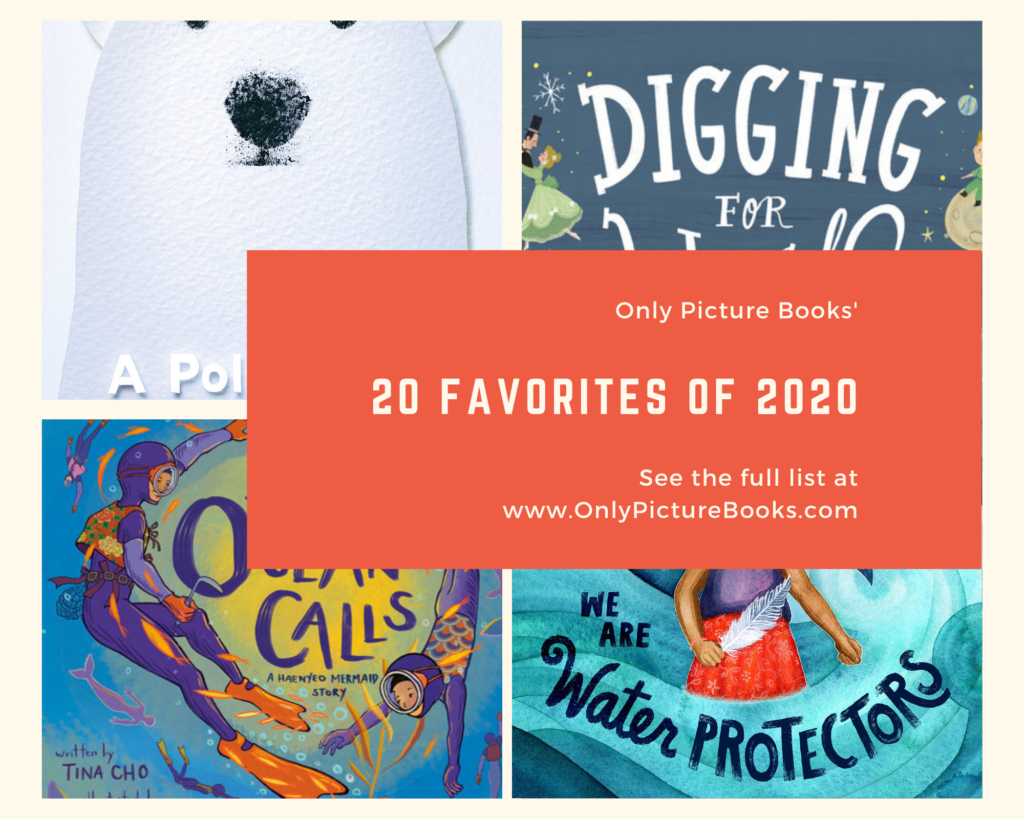
2020 was a rough year–no doubt about it. But at least we had some first-rate new picture books to help us through it all.
This list is our subjective ranking of 20 books OPB really liked from this past year. If we missed a great book, please take a moment to share your 2020 faves in the comment section
Great work should be recognized, valued, and encouraged.
We hope OPB helps make all that happen.
 All of a Sudden and Forever by Chris Barton, illustrated by Nicole Xu (4 February 2020)
All of a Sudden and Forever by Chris Barton, illustrated by Nicole Xu (4 February 2020)
This nonfiction book tenderly handles the Oklahoma City Bombing of 1995–Barton does a wonderful job of showing how healing happens after a collective tragedy. The art by debut illustrator Xu elevates an already beautiful story.
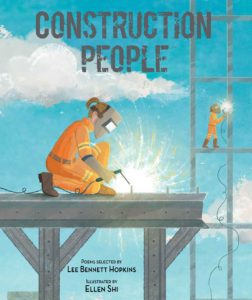 Construction People by Lee Bennett Hopkins (editor), illustrated by Ellen Shi (16 March 2020)
Construction People by Lee Bennett Hopkins (editor), illustrated by Ellen Shi (16 March 2020)
The late Lee Bennett Hopkins assembled 14 poems about the wide range of people needed to build a city high rise. The poems are noisy and fun in all the right ways for young readers–this is a real treat.
 Digging for Words: José Alberto Gutiérrez and the Library He Built by Angela Burke Kunkel, illustrated by Paolo Escobar (8 September 2020)
Digging for Words: José Alberto Gutiérrez and the Library He Built by Angela Burke Kunkel, illustrated by Paolo Escobar (8 September 2020)
This book offers a wonderful look at Colombia while telling the amazing story of a garbage collector in Bogotá who created a library that started with a single discarded book that he found on his route. Digging for Words has solid read-aloud potential, too, which isn’t always the case with nonfiction.
 Evelyn Del Rey Is Moving Away by Meg Medina, illustrated by Sonia Sánchez (8 September 2020)
Evelyn Del Rey Is Moving Away by Meg Medina, illustrated by Sonia Sánchez (8 September 2020)
The first-person present-tense story is a believable tale of how the friendship of two girls can survive anything–including separation/change. Sánchez’s mixed-media art is bright, vibrant, and lovely.
 Hans Christian Anderson: The Journey of His Life by Heinz Janisch, illustrated by Maja Kastelic (1 September 2020)
Hans Christian Anderson: The Journey of His Life by Heinz Janisch, illustrated by Maja Kastelic (1 September 2020)
OPB reviewed this book earlier this year, and months later, we still think it’s still a standout. This story-in-a-story biography is simply enchanting.
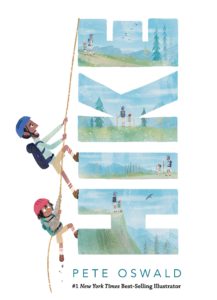 Hike by Pete Oswald (17 March 2020)
Hike by Pete Oswald (17 March 2020)
There simply aren’t enough quality father-son picture books, but this one adds to that list. The adventure is nearly wordless, but the journey is marvelous for father, son, and reader. Delightful, and with just a hint of whimsy.
 Honeybee: the Busy Life of Apis Mellifera by Candace Fleming, illustrated by Eric Rohmann (4 February 2020)
Honeybee: the Busy Life of Apis Mellifera by Candace Fleming, illustrated by Eric Rohmann (4 February 2020)
Fleming crafts language that manages to communicate the facts of the honeybee’s intriguing short life, but it’s Rohmann’s exquisite oil paint illustrations that makes this book soar. The close-ups can easily be mistaken for photographs! Watch for the gorgeous gatefold at the very end, as well as a backmatter essay on the plight of the honeybees.
 I Am Every Good Thing by Derrick Barnes, illustrated by Gordon C. James (1 September 2020)
I Am Every Good Thing by Derrick Barnes, illustrated by Gordon C. James (1 September 2020)
There are catchy, memorable lines throughout (“I am good to the core, like the center of a cinnamon roll”) that readers will delight in. But it’s the empowering message of self-affirmation and value here that makes this a must-read. James’ oil-paintings are richly textured and powerful–watch for a cameo from Barack Obama!
 If You Come to Earth by Sophie Blackall (15 September 2020)
If You Come to Earth by Sophie Blackall (15 September 2020)
While the premise is intriguing (how might you introduce Earth to a visitor from outer space?), it’s no surprise that two-time Caldecott winner Blackall’s illustrations steal the show. Her stunning attention to detail showcases the diversity of our planet in all of its glory. Simply beautiful.
If you liked Oliver Jeffers’ Here We Are: Notes for Living on Planet Earth, If You Come to Earth will likely be a hit, as well.
Lights on Wonder Rock by David Litchfield (8 September 2020)
In this story, Heather yearns to go to outer space. But is she truly ready to leave Earth–and everything about it–behind? I think I love this cover (and story) because it reminds me of E.T., but the graphic novel style throughout is equally compelling. Note the numerous wordless spreads that burst with delicious light and color. Litchfield is really, really good.
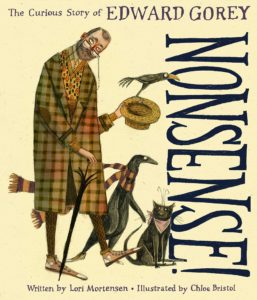 Nonsense!: The Curious Story of Edward Gorey by Lori Mortensen, illustrated by Chloe Bristol (24 March 2020)
Nonsense!: The Curious Story of Edward Gorey by Lori Mortensen, illustrated by Chloe Bristol (24 March 2020)
A lyrical biography about the curious, strange man who served as inspiration for other curious, strange creatives (like Tim Burton and Lemony Snicket)? Yes, please! Of course, both the lyrical and artistic elements are positively Gorey-esque. A generous two-page Author’s Note helps round out a reader’s understanding of Gorey’s amazing life and accomplishments.
 The Ocean Calls: A Haenyeo Mermaid Story by Tina Cho, illustrated by Jess X. Snow (4 August 2020)
The Ocean Calls: A Haenyeo Mermaid Story by Tina Cho, illustrated by Jess X. Snow (4 August 2020)
“Haenyeo” means free diving, and we learn all about that in this lovely story where a Korean girl dreams of being a haenyeo and diving deep to grab treasures from the ocean floor, just as generations have done before, and just as her grandma does now. There’s plenty of STEM appeal here, but it’s also a sweet story about family and tradition.
 The Old Truck by Jarrett Pumphrey and Jerome Pumphrey (7 January 2020)
The Old Truck by Jarrett Pumphrey and Jerome Pumphrey (7 January 2020)
The retro design is what first catches my eye, but I’m quickly taken by this eloquent ode to perseverance and grit. OPB is definitely looking forward to more picture books from the Pumphrey brothers.
 Outside In by Deborah Underwood, illustrated by Cindy Derby (14 April 2020)
Outside In by Deborah Underwood, illustrated by Cindy Derby (14 April 2020)
Each year, it seems OPB includes a Deborah Underwood story in one way or another, and here’s yet another fine one. The starred review at Kirkus has it right–this book is a “love letter to nature.” Best of all, Outside In isn’t preachy nor heavy-handed. It’s (appropriately) quiet, wise, and wondrous.
 The Paper Kingdom by Helena Ku Rhee, illustrated by Pascal Campion (18 February 2020)
The Paper Kingdom by Helena Ku Rhee, illustrated by Pascal Campion (18 February 2020)
What a cool book! It’s the “simple” story of a parent going to work, but it’s filtered through the wondrous imagination of a child. Yes, there’s social critique tucked away in these pages, but even if a child doesn’t get that, this book will resonate on many levels.
 A Polar Bear in the Snow by Mac Barnett, illustrated by Shawn Harris (13 October 2020)
A Polar Bear in the Snow by Mac Barnett, illustrated by Shawn Harris (13 October 2020)
Children will love the in-text questions about where this polar bear is going–it’s a great way to get them involved in the storytelling. The art is simple and charming, as is this captivating Arctic adventure.
 The Secret Garden of George Washington Carver by Gene Barretta, illustrated Frank Morrison (14 January 2020)
The Secret Garden of George Washington Carver by Gene Barretta, illustrated Frank Morrison (14 January 2020)
I love picture book biographies–especially when it’s about someone I THINK I know, then I come to realize how much more there is to their story. That’s the case here in this dignified and interesting take on the life of George Washington Carver–a “living folk hero.”
 The Truth About Dragons by Jaime Zollars (15 September 2020)
The Truth About Dragons by Jaime Zollars (15 September 2020)
This debut picture book will help readers see beyond their fears to find their own strength/inner dragon. It’s a delightful take about the anxiety of new experiences.
 We Are Water Protectors by Carole Lindstrom, illustrated by Michaela Goade (17 March 2020)
We Are Water Protectors by Carole Lindstrom, illustrated by Michaela Goade (17 March 2020)
It’s hard to say which is more captivating–the potent words of Lindstrom or the lush art of Goade. Regardless, it’s a passionate call for much-needed environmental stewardship that shows how interconnected our world is. Simply lovely.
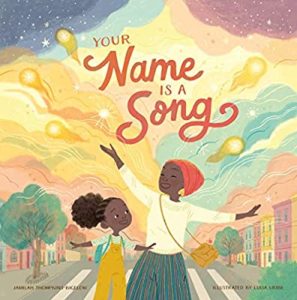 Your Name Is a Song by Jamilah Thompkins-Bigelow (7 July 2020)
Your Name Is a Song by Jamilah Thompkins-Bigelow (7 July 2020)
A young girl is understandably unhappy at how people mishandling her name, yet her mother teaches her about the magic and music of names…including her own. It’s a celebration of language and history suitable for all readers.





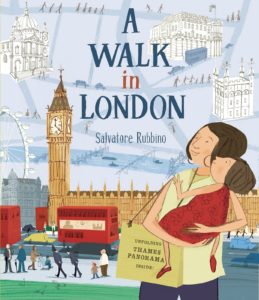


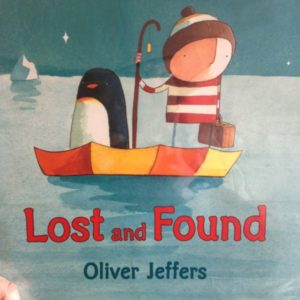
 When she’s not letting her cat in, or out, or in, she’s tapping away at her computer, conjuring, coaxing, and prodding her latest stories to life. Sometimes takes a break and answers marvelous questions posed by Ryan G. Van Cleave at Only Picture Books.
When she’s not letting her cat in, or out, or in, she’s tapping away at her computer, conjuring, coaxing, and prodding her latest stories to life. Sometimes takes a break and answers marvelous questions posed by Ryan G. Van Cleave at Only Picture Books.
